Initially, written into governmental law, specific prohibitions were declared in regards to organized religion. For example, wearing clerical garb in public (i.e., outside Church buildings) earned a fine of 500 pesos (approximately 250 U.S. dollars at the time); a priest who criticized the government could be imprisoned for five years. Some states enacted oppressive measures permitting only a single priest to serve the entire Catholic congregation of the state. Church property was seized, foreign priests were expelled, and all monasteries, convents, and religious schools were closed
After formal rebellion began, fighting ensued for approximately two years, until diplomatic relations and pressure from outside countries led to an uneasy truce between the Cristeros and the Mexican government. In the years following the establishment of truce, however, the government continued to assassinate religious leaders and suspected members of the rebellion, killing approximately 5,500 individuals over a ten year period. Persecution of Catholics would not cease until approximately 1940, with the election of a Catholic president. The effects of the war on the Church had been profound. Between 1926 and 1934 at least 40 priests were killed. Where there were 4,500 priests serving the people before the rebellion, in 1934 there were only 334 priests licensed by the government to serve fifteen million people. The rest had been eliminated by emigration, expulsion and assassination. By 1935, 17 states had no priest at all.
The Cristeros battle hymn, called upon Jesus, Mary, and the saints in protection.
La Virgen María es nuestra protectora y nuestra defensora cuando hay que temer,
Vencerá a los demonios gritando "¡Viva Cristo Rey!",
Vencerá a los demonios gritando "¡Viva Cristo Rey!"
Soldados de Cristo: ¡Sigamos la bandera que la Cruz enseña el ejército de Dios!
Sigamos la bandera gritando, "¡Viva Cristo Rey!"
The Virgin Mary is our protector and defender when there is something to fear,
She will defeat the demons crying "Long live Christ the King!"
She will defeat the demons crying "Long live Christ the King!"
Soldiers of Christ let us follow the flag that the Cross shows the army of God!
Let us follow the flag crying, "Long live Christ the King!"
Special groups of Cristeros aligned themselves with the protection of Our Lady of Guadalupe and other specific saints, like Saint Joan of Arc (adopted as patron by the first all-female unit of Cristeros).
Among these many holy men and women who died was Father Cristobal Magallanes Jara (1869-1927), canonized by Pope John Paul II in 2000. Of him, the holy father said: “After the harsh trials that the Church endured in Mexico during those turbulent years, today Mexican Christians, encouraged by the witness of these witnesses to the faith, can live in peace and harmony, contribute the wealth of gospel values to society. The Church grows and advances, since she is the crucible in which many priestly and religious vocations are born, where families are formed according to God's plan, and where young people, a substantial part of the Mexican population, can grow with the hope of a better future. May the shining example of Cristóbal Magallanes and his companion martyrs help you to make a renewed commitment of fidelity to God, which can continue to transform Mexican society so that justice, fraternity and harmony will prevail among all.”
Cristobal grew up in rural Mexico, working as a shepherd. At age 19, he entered the Conciliar Seminary of San José in Guadalajara, and once ordained, became a parish priest in Jalisco. He founded a seminary, authored a newspaper, founded schools for both adults and children, and assisted the people of his congregation with employment via the organization of carpentry shops and an electric mill. Father Cristobal encouraged the cooperation of his congregation with the indigenous peoples of the region, together forming an agricultural cooperative which was quite successful.
Known for his devotion to Our Blessed Mother, Father Cristobal inspired those he came into contact with to greater holiness. During the height of the Cristero War, Cristobal established a clandestine seminary at Totatiche, Jalisco, gathering all displaced seminarians in one place, as all the other seminaries had been closed throughout the country. He continued to minister to his congregation, although he was forced to do so in secret, celebrating Mass secretly, reminiscent of Catholics in England (here, here, and here), Japan, or China at various points throughout history. Father Cristobal, although it had been made illegal, continued to consecrate and distribute the Eucharist, as well as baptize the faithful into the Catholic church. Despite his preaching against violence, he was arrested on his way to a local farm to celebrate Mass. Without trial, he was shot and killed, following his request to distribute his possessions to the poor, and his general absolution of his would-be executioners. His last words were: “I am innocent and I die innocent. I forgive with all my heart those responsible for my death, and I ask God that the shedding of my blood serves toward the peace of our divided Mexico.”
While the 25 martyrs canonized by Pope John Paul II all died during the Cristero War, they did not die together. Rather, their deaths were spread throughout the states of Mexico—all for pledging their allegiance to the Lord, and continuing to live and preach the Good News of Jesus Christ. Of the martyrs, all were priests, with the exception of three who were laity who served and died alongside their parish priests.
A list of the 24 Mexican martyrs of the Cristero War cannonized with Saint Cristobal Magallanes Jara:
Saint Agustin Caloca (priest, seminary prefect, shot to death in 1927)
Saint Atilano Cruz Alvarado (parish priest, shot to death in 1928)
Saint David Galvan Bermudez (priest, seminary instructor, shot by firing squad in 1915)
Saint David Roldan Lara (layman, officer of “Catholic Action” and a religious liberty league, shot to death in 1926)
Saint David Uribe Velasco (parish priest, shot to death in 1927)
Saint Jenaro Sanchez Delgadillo (parish priest, hanged from a tree in 1927)
Saint Jesus Mendez Montoya (parish priest, shot to death in 1928)
Saint Jose Isabel Flores Varela (parish priest, tortured, throat cut in 1927)
Saint Jose Maria Robles Hurtado (parish priest, founded women’s Congregation of Victims of the Eucharistic Heart of Jesus, hanged in 1927)
Saint Julio Alvarez Mendoza (priest, shot to death in 1927)
Saint Justino Orona Madrigal (parish priest, founded Poor Clare Sisters of the Sacred Heart, shot to death in 1928)
Saint Luis Batiz Sainz (parish priest, seminary’s spiritual director, shot by firing squad in 1926) Reported to have said prior to his death, "Lord, I want to be a martyr; though I am your unworthy minister, I want to shed my blood, drop by drop, for your name."
Saint Manuel Morales (layman, father of three, officer of “Catholic Action” and a religious liberty league, shot to death in 1926)
Saint Margarito Flores Garcia (parish priest, shot to death in 1927)
Saint Mateo Correa Magallanes (parish priest, shot to death in 1927)
Saint Miguel de la Mora (priest, shot by firing squad in 1927)
Saint Pedro Esqueda Ramirez (parish priest, catechist of children, shot to death in 1927)
Saint Pedro de Jesus Maldonado Lucero (parish priest, promoter of nocturnal adoracion, blinded and beaten to death in 1937)
Saint Rodrigo Aguilar Aleman (parish priest, poet, hanged in 1927)
Saint Roman Adame Rosales (parish priest, founded Daughters of Mary of Nocturnal Adoration, shot to death in 1927)
Saint Sabas Reyes Salazar (Parish priest, tortured and shot to death in 1927)
Saint Salvador Lara Puente (layman, officer of “Catholic Action” and a religious liberty league, shot to death at age 21 in 1926)
Saint Toribio Romo Gonzalez (parish priest, shot to death at age 27 in 1928)
Saint Tranquilino Ubiarco (parish priest, hanged at age 28 in 1928)
The lives of those who have died for their faith remind us that there exist even today those who are persecuted for what they believe. Many of us chose to keep our faith quiet, as we are uncomfortable with questions we are asked, glances we receive, or verbal attacks. The holy men and women of Mexico risked much more than embarrassment and discomfort. They risked their lives in service of Our Lord and Savior. We are inspired, by their sacrifice, to live our faiths more deeply, more visibly, more loudly.
The evening prayer of the Cristeros, recited after the Rosary:
My Jesus Mercy! My sins are more numerous than the drops of blood that Thou did shed for me. I do not deserve to belong to the army that defends the rights of Thy Church and that fights for her. I desire never to sin again so that my life might be an offering pleasing to Thy eyes. Wash away my iniquities and cleanse me of my sins. By Thy Holy Cross, by my Holy Mother of Guadalupe, pardon me.
Since I do not know how to make penance for my sins, I desire to receive death as a chastisement merited by them. I do not wish to fight, live or die except for Thee and for Thy Church. Blessed Mother of Guadalupe, be at my side in the agony of this poor sinner. Grant that my last shout on earth and my first canticle in Heaven should be Viva Cristo Rey! Amen.
Year 2: Day 141 of 365
Prayer Intentions: For the oppressed; For the courage to live our faith.
Requested Intentions: Husband’s freedom from illness (L); Personal intentions (S); Successful passing of dental board examination (P); Blessings on a family (Z); Successful permanent employment (C); Healing of a son with autism (J); Son’s successful employment (L); For the intentions of family and relatives, for the Carthusian community (T); For personal intentions (A); Restoration of lost hearing (C); Resolution of relational and financial challenges (S); Comfort following loss of husband, security for family, assistance with housing (B); Healing and return of brother (O); Successful hermitage foundation (S); Support from family, permission to marry (H); Recovery of wife following surgery, freedom from depression (W); Protection and recovery of mentally ill daughter (J); Successful resolution to legal proceedings (N); Freedom from worry and successful employment (M); For successful sale of home and freedom from debt (J); Freedom from pain and illness (E).

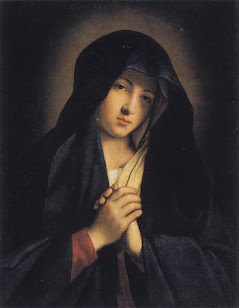
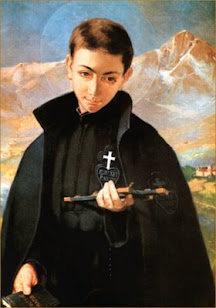



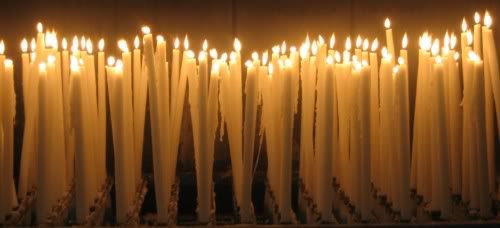

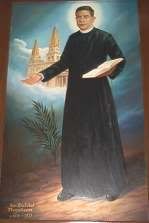

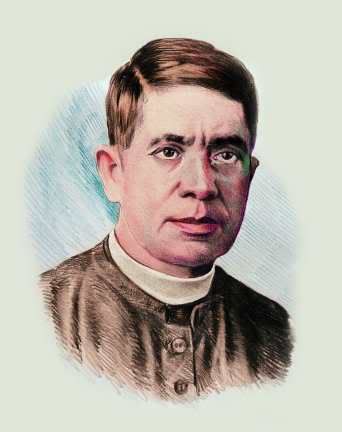
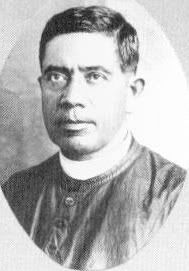
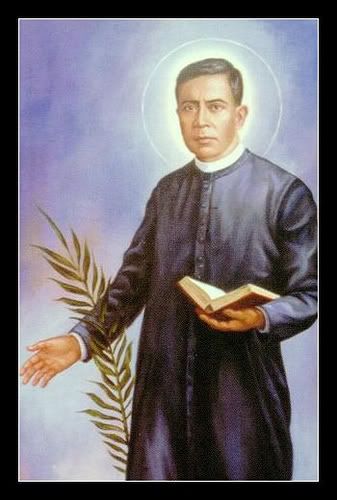

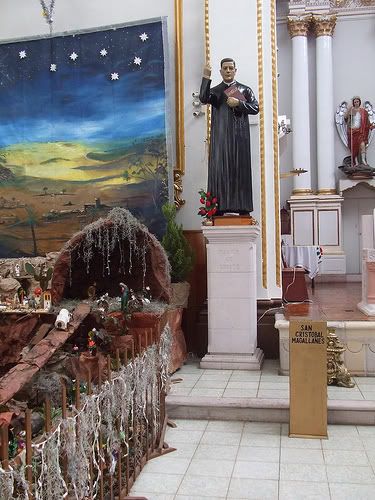

My Great Uncles on my mothers side were Cristeros and died for this cause. I ask for our heavenly father to give me strength in todays battle, with the social media and persecution of priests, to stand up when someone defaces our faith and tarnishes our beliefs.